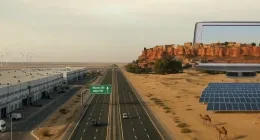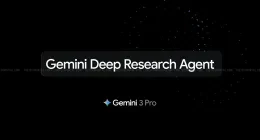As 360-degree video and virtual reality (VR) content gets further pushed to the forefronts, YouTube wants to make it easier for creators to understand how users are interacting with their videos. Thus, the widely popular video streaming platform has today announced that it is doubling down on its efforts with the release of analytics tools for 360-degree and VR content.
This means YouTube is debuting a new heatmaps feature in the analytics section, making it possible for its creators to check out how users interact with their videos — where they were looking while watching that video. The oh-so-insightful heatmaps will be made available to content creators once their 360-degree/VR videos exceed the 1,000 views mark.
Talking about this new feature,
With heatmaps, you’ll be able to see exactly what parts of your video are catching a viewer’s attention and how long they’re looking at a specific part of the video.
Facebook seems to be steadily catching up to its competitors on the video front, thanks to the ease of viewing content right in your social feed. This is YouTube’s latest attempt to provide 360-degree and VR content creators on the platform an informative view at the analytics on heatmaps, where a bluish hue suggests low attention and a deep red color suggests the viewer was most interest in this section of the video.
In addition to the new analytics features, YouTube is also doling out some tips for content creators — based on observations it made with the nascent collection of VR movies uploaded to the streaming platform. Though 360-degree videos enable you to pan the device, be it a smartphone, web player or any other supported device, to get a look at the content, but it has been found that a viewer spends 75 percent of the time watching the front 90 degrees — so keep the key focus at the center.
But, YouTube’s research has also suggested that one should create engaging content with scenic views, animations, and markers to draw the attention of the user to the complete 360-degree view of the video. It has further added that engaging with the complete content, via several different angles, is important and you need to divert their attention to the right moment at the right time. This will entice them, make them curious to pan around and check out the complete 360-degree or VR video.
Finally, YouTube has today also announced the launch of a training course for virtual reality content creators called VR Creator Lab, back in Los Angeles. The applications for the course are now open and those selected for this three-month intensive program will receive up to $40,000 monetary support to enhance their VR production skills. It kicks off in August later this year.
The Tech Portal is published by Blue Box Media Private Limited. Our investors have no influence over our reporting. Read our full Ownership and Funding Disclosure →







